An In-Depth Look At Why Pool Water Turns Cloudy After Heavy Rain
You might have noticed that the sky tends to look more clear after a period of heavy rain. The air tends to smell fresher as well. This happens for a very good reason. When the rainwater falls, it tends to trap pollutants and can even seek to make them disappear altogether. But this isn't really the case.
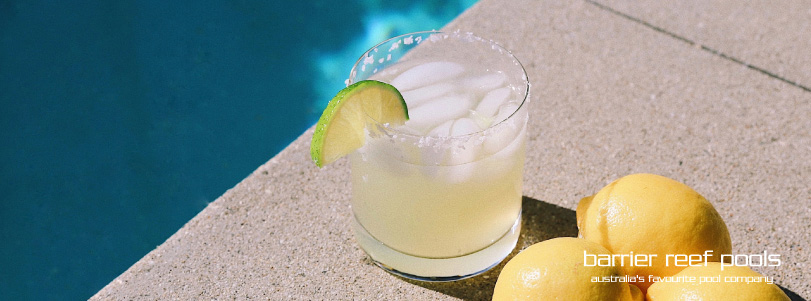
What the rain actually does is brings down the pollutants from the air to the ground. If you have a fibreglass pool, and it’s not covered during the period of heavy rain, then these pollutants will be entering your pool water, alongside the rain.
Usually, this isn’t a large problem. Your pool may not look very clean, rather the water can look cloudy, but getting rid of this cloudy water isn’t very hard. You’ll also need to keep the water chemistry of the pool water well balanced. This can help you in dealing with the murky water that might be present in your pool after it rains heavily.
What Causes The Pool Water To Look Cloudy After It Rains?
If it’s raining heavily, then this means that you’ll need to deal with the water in your fibreglass pool turning cloudy. This is usually a result of pollutants mixed with rainwater that enters your pool. If you want to prevent this problem from happening, then you’ll need to prepare your pool ahead of time.
The more you leave your pool problems unattended, the more likely it is to become a bigger problem later on. Anytime you know that there’s a rain storm on the way, prepare your pool ahead of time. That way, you can make it easier to clean up the cloudy-looking water later on. But what should you do to prepare your pool?
Testing And Balancing The Pool Chemicals
The key to maintaining the water health of your fibreglass pool is checking the water chemistry on a consistent basis. When you know that a storm is coming, check the water chemistry of your pool first. Then, balance the water chemistry depending on the results you get. As a general rule, you should ensure that the levels of the following are within their ideal range:
- The pH level of the pool should be between 7.2 and 7.8
- The total alkalinity should be between 80 and 100 ppm
- The calcium hardness should be between 200 and 400 ppm
- The amount of cyanuric acid in the pool should be between 30 and 50 ppm
- The amount of chlorine in the pool should be between 2 and 4 ppm
- There should be 0 ppb phosphates in the pool
- The amount of total dissolved solids in the pool should be between 0 and 2500 ppm
- There should be 0 ppm of metals in the pool water
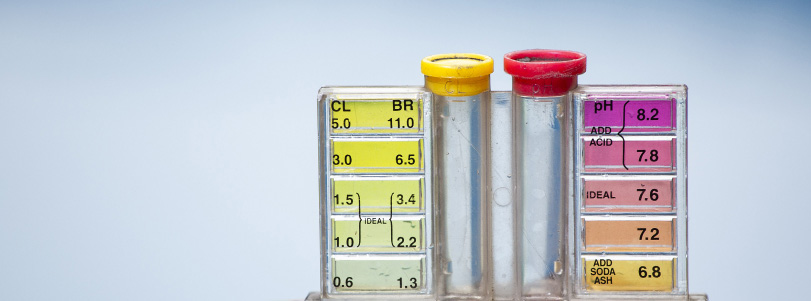
Shocking Your Pool Before A Storm
When you know that it’s about to rain, you’ll need to level out the chemicals present in your pool water. You should also shock the water in your fibreglass pool. This will help provide additional defence to your pool, against contaminants, pollutants, as well as debris. Contaminants, when they enter your pool water through the rain, could cause the water in your pool to appear cloudy.
When you shock your pool before it rains, you reduce the chances of this happening. Remember that heavy rains can end up depleting most of, if not all of the chlorine that’s actually present in your pool. So shocking your pool before a storm helps maintain the chlorine levels in the pool.
Preventing The Growth Of Algae
You should also add algaecide to the water of your fibreglass pool before it rains. Algae is something that you may need to deal with at any time of the year, but it can especially be a problem during the rainy season. Algae love both the water, as well as warmth.
During the summer, when it rains, algae can turn the water in your pool cloudy. Phosphates tend to be the main source of nutrition for algae. This is why you need to add a phosphate remover to your pool. This helps in preventing the growth of algae.
Trimming The Trees
You could have trees planted close to your pool as well. If this is the case, then trim the trees that are near your pool, especially any overhanging branches. If branches, leaves or twigs from trees fall into the water of your pool, then they can end up contaminating the water in your pool.

What Should You Do Once The Storm Ends?
If you find that the water in your fibreglass pool appears slightly cloudy after a spell of rain, you can consider using a water clarifier. Water clarifiers can help you remove small particles that might be present in your pool water, and also help to get rid of cloudy pool water.
A pool clarifier essentially binds small particles of debris together. This makes it easier for them to be picked up by the pool filter when it passes through. With the help of a water clarifier, the contaminants in your pool water can be filtered out in just 48 hours.
You’ll also need to use a pool flocculant as well. These are more powerful when compared to clarifiers. When you add flocculants to your pool, these gather the debris into large piles which then sink to the bottom of the pool. You’ll need to manually vacuum the debris out of your pool.
Conclusion
After it rains heavily, you can sometimes find that the water in your fibreglass pool looks cloudy. Although cleaning out this cloudy water can seem daunting, that’s not actually the truth. The best way to maintain your pool is by preparing it before a spell of heavy rain.
Sometimes, however, this may not be possible and it could start raining heavily suddenly. When this happens, you’ll need to use water clarifiers and flocculants to clean the water in your pool. This guide details how you can care for your fibreglass pool before it rains heavily, as well as after. However, if you have any questions, don’t hesitate to contact your local pool builder!
An In-Depth Look At Why Pool Water Turns Cloudy After Heavy Rain
You might have noticed that the sky tends to look more clear after a period of heavy rain. The air tends to smell fresher as well. This happens for a very good reason. When the rainwater falls, it tends to trap pollutants and can even seek to make them disappear altogether. But this isn't really the case.
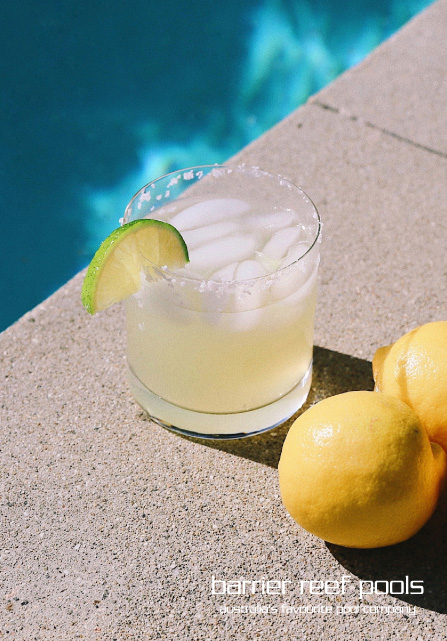
What the rain actually does is brings down the pollutants from the air to the ground. If you have a fibreglass pool, and it’s not covered during the period of heavy rain, then these pollutants will be entering your pool water, alongside the rain.
Usually, this isn’t a large problem. Your pool may not look very clean, rather the water can look cloudy, but getting rid of this cloudy water isn’t very hard. You’ll also need to keep the water chemistry of the pool water well balanced. This can help you in dealing with the murky water that might be present in your pool after it rains heavily.
What Causes The Pool Water To Look Cloudy After It Rains?
If it’s raining heavily, then this means that you’ll need to deal with the water in your fibreglass pool turning cloudy. This is usually a result of pollutants mixed with rainwater that enters your pool. If you want to prevent this problem from happening, then you’ll need to prepare your pool ahead of time.
The more you leave your pool problems unattended, the more likely it is to become a bigger problem later on. Anytime you know that there’s a rain storm on the way, prepare your pool ahead of time. That way, you can make it easier to clean up the cloudy-looking water later on. But what should you do to prepare your pool?
Testing And Balancing The Pool Chemicals
The key to maintaining the water health of your fibreglass pool is checking the water chemistry on a consistent basis. When you know that a storm is coming, check the water chemistry of your pool first. Then, balance the water chemistry depending on the results you get. As a general rule, you should ensure that the levels of the following are within their ideal range:
- The pH level of the pool should be between 7.2 and 7.8
- The total alkalinity should be between 80 and 100 ppm
- The calcium hardness should be between 200 and 400 ppm
- The amount of cyanuric acid in the pool should be between 30 and 50 ppm
- The amount of chlorine in the pool should be between 2 and 4 ppm
- There should be 0 ppb phosphates in the pool
- The amount of total dissolved solids in the pool should be between 0 and 2500 ppm
- There should be 0 ppm of metals in the pool water
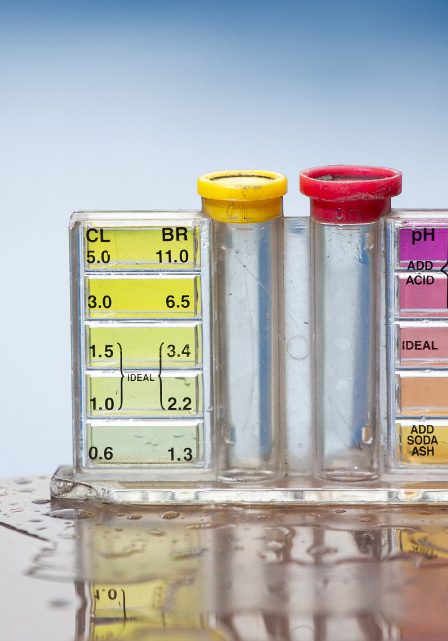
Shocking Your Pool Before A Storm
When you know that it’s about to rain, you’ll need to level out the chemicals present in your pool water. You should also shock the water in your fibreglass pool. This will help provide additional defence to your pool, against contaminants, pollutants, as well as debris. Contaminants, when they enter your pool water through the rain, could cause the water in your pool to appear cloudy.
When you shock your pool before it rains, you reduce the chances of this happening. Remember that heavy rains can end up depleting most of, if not all of the chlorine that’s actually present in your pool. So shocking your pool before a storm helps maintain the chlorine levels in the pool.
Preventing The Growth Of Algae
You should also add algaecide to the water of your fibreglass pool before it rains. Algae is something that you may need to deal with at any time of the year, but it can especially be a problem during the rainy season. Algae love both the water, as well as warmth.
During the summer, when it rains, algae can turn the water in your pool cloudy. Phosphates tend to be the main source of nutrition for algae. This is why you need to add a phosphate remover to your pool. This helps in preventing the growth of algae.
Trimming The Trees
You could have trees planted close to your pool as well. If this is the case, then trim the trees that are near your pool, especially any overhanging branches. If branches, leaves or twigs from trees fall into the water of your pool, then they can end up contaminating the water in your pool.
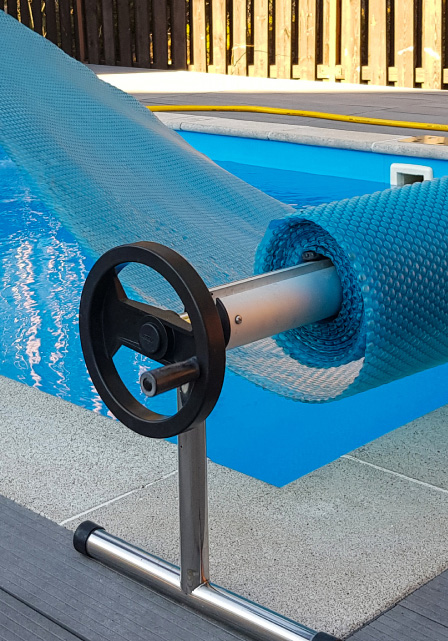
What Should You Do Once The Storm Ends?
If you find that the water in your fibreglass pool appears slightly cloudy after a spell of rain, you can consider using a water clarifier. Water clarifiers can help you remove small particles that might be present in your pool water, and also help to get rid of cloudy pool water.
A pool clarifier essentially binds small particles of debris together. This makes it easier for them to be picked up by the pool filter when it passes through. With the help of a water clarifier, the contaminants in your pool water can be filtered out in just 48 hours.
You’ll also need to use a pool flocculant as well. These are more powerful when compared to clarifiers. When you add flocculants to your pool, these gather the debris into large piles which then sink to the bottom of the pool. You’ll need to manually vacuum the debris out of your pool.
Conclusion
After it rains heavily, you can sometimes find that the water in your fibreglass pool looks cloudy. Although cleaning out this cloudy water can seem daunting, that’s not actually the truth. The best way to maintain your pool is by preparing it before a spell of heavy rain.
Sometimes, however, this may not be possible and it could start raining heavily suddenly. When this happens, you’ll need to use water clarifiers and flocculants to clean the water in your pool. This guide details how you can care for your fibreglass pool before it rains heavily, as well as after. However, if you have any questions, don’t hesitate to contact your local pool builder!


